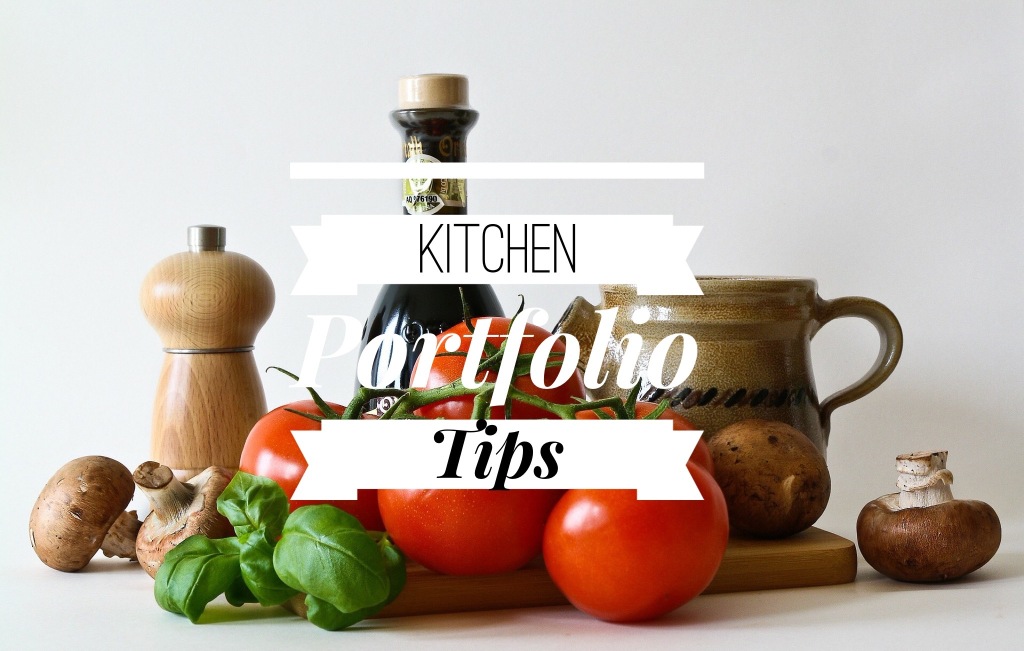I stared at those two boneless, skinless chicken breasts all morning, wondering what to do with them that would be new. That didn’t work. I feel like this winter has sapped me of any food creativity, so I used my own site to search for what I’ve done with chicken in the recent past and decided on the Cheesy Chicken Rice Casserole. Good choice. We really like this dish the first time and it’s easy to make. The chicken is moist and tender, as long as you don’t overcook it in the browning stage; in fact, I would under-cook it and let it finish in the oven. But now I have two-thirds of the casserole left and we’re going to eat it again tonight, so I need to reheat it without drying it out and basically re-cooking it.
Reheating a casserole depends on a lot of conditions, like the density of the food and the specific ingredients (sauce, cheeses, meat, pasta or rice or potato). I am only a fan of microwave reheating for single portions. Larger, dense dishes in the microwave just take too long, resulting in the edges overcooking and becoming tough, while the center can still be cold. In the oven, you can’t avoid some re-cooking of the casserole, but you’d be surprised how much a tight aluminum foil cover helps, even more than a glass lid that may have come with your dish. Here are a few tips that work for me:
- First, remember that you are trying to warm the food, not bring it to its original bubbly gloriousness. If you go too far, the fats can separate from your sauce or cheese and make an oily mess.
- For any size casserole, I would bring it to room temperature first.
- For a small leftover casserole of about two servings, use a high heat, 400°-425° for a short period, maybe 10-15 minutes covered with foil.
- For a medium sized casserole, like mine, which I am putting in a smaller dish, you can use a moderate 350° for about 20 minutes, which was actually close to the original baking conditions, but with the foil cover added to keep moisture in.
- Cutting between portions will also help the center to heat more easily. I’m cutting mine into 4 squares before moving it to a 9″ square dish.
The result, after 20 minutes at 350° was perfect. The texture was moist and soft with no burnt edges and like the first time it was made. The temperature at the inner corners of the portions was about 125°, a nice eating temperature. My husband loves it when I don’t try to burn his mouth, although I don’t claim responsibility for his not testing the food first.





Comments?